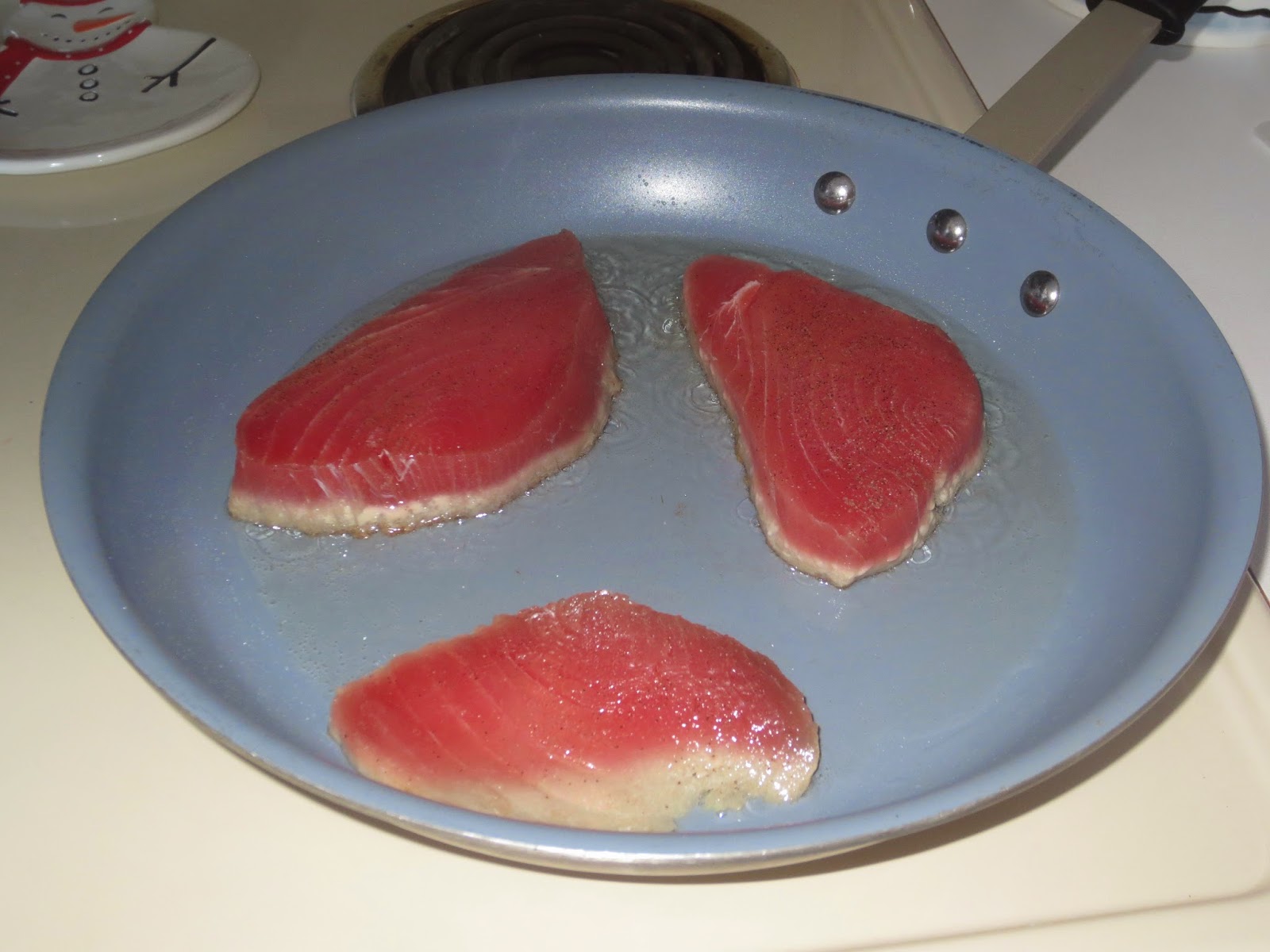Turkey Broth
2 kg (7-8 pounds) turkey carcass (bones, neck meat, skin) trimmed of as much visible fat as possible
4 L (4 qt) cold water
175 grams white onion, medium dice
85 grams celery, medium dice
85 grams carrots, medium dice (if you would like a perfectly clear white stock, use leek whites instead, but I like the flavor carrot gives)
1 bay leaf
1/4 teaspoon dried thyme
1/4 teaspoon ground black pepper
4 parsley stems
Use bones that are as fresh as possible. Cut into 3-4 inch pieces if possible then rinse under cold water.
Place the bones in a large stockpot and cover with the cold water. Slowly bring to a boil, then gently skim off any scum and impurities that rise to the surface, taking care not to stir them back into the stock.
Add the vegetables and seasonings, reduce to a simmer, and simmer for about 2 hours, skimming scum from the surface often while leaving as much of the vegetables as possible. Strain the stock through a fine sieve or cheesecloth and use immediately or cool.
During cooking, if the water level dips below the bones, add enough cold water to cover. The stock may be simmered longer, allowing more water to evaporate, and producing a much more concentrated stock. This is useful when freezing stock because it takes up less room and water can be added as needed. It is also beneficial for creating flavorful sauces. Stock should be transferred to smaller containers to cool and put in an ice bath and stirred often before being refrigerated. It will keep for up to one week, or longer if frozen.
Some key tips for successful stock:
Always use cold water.
After the initial boil, reduce to a simmer immediately and do not allow the stock to boil.
Never cover a stock during cooking.
Degrease and skim the stock often.


































